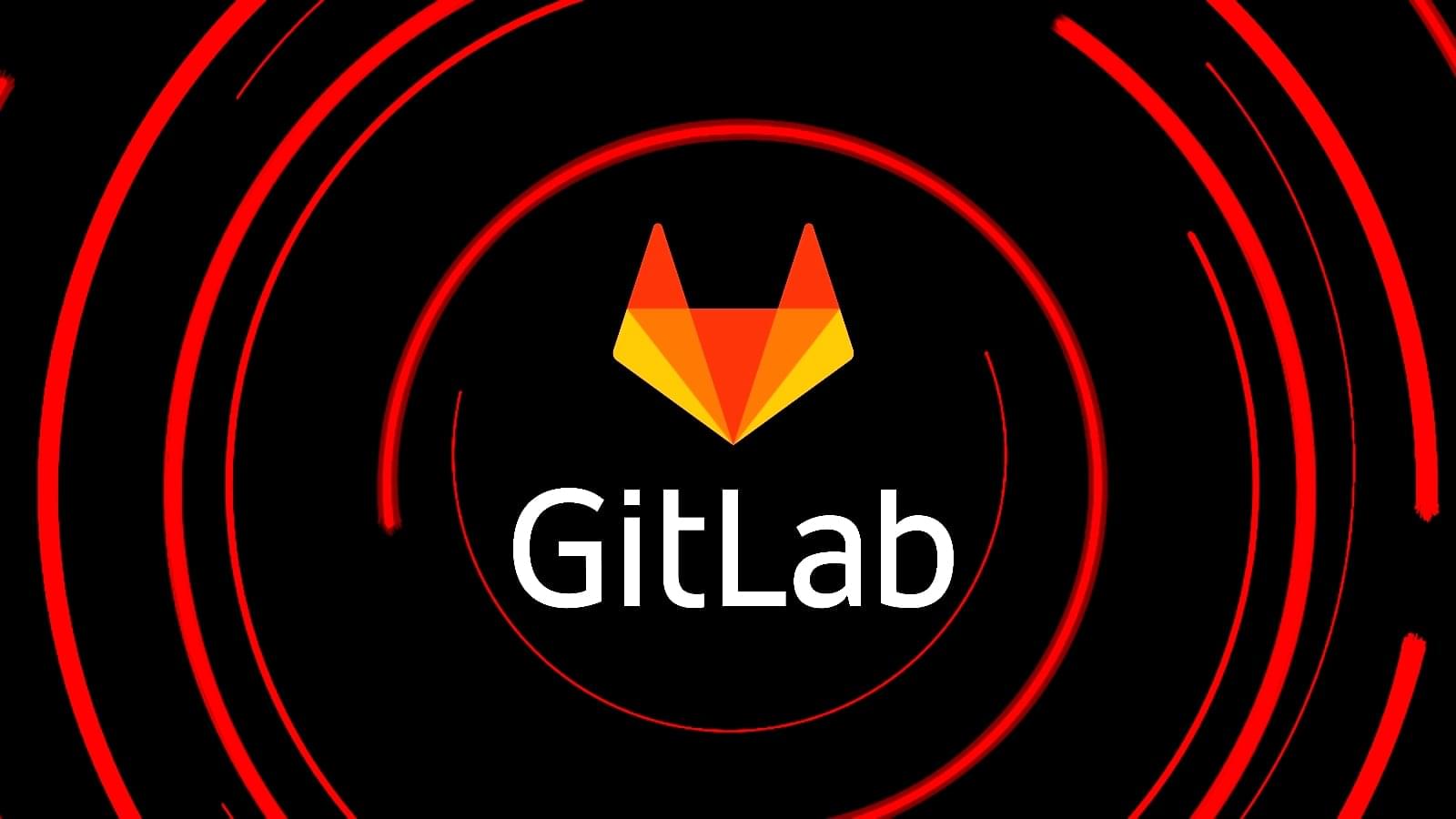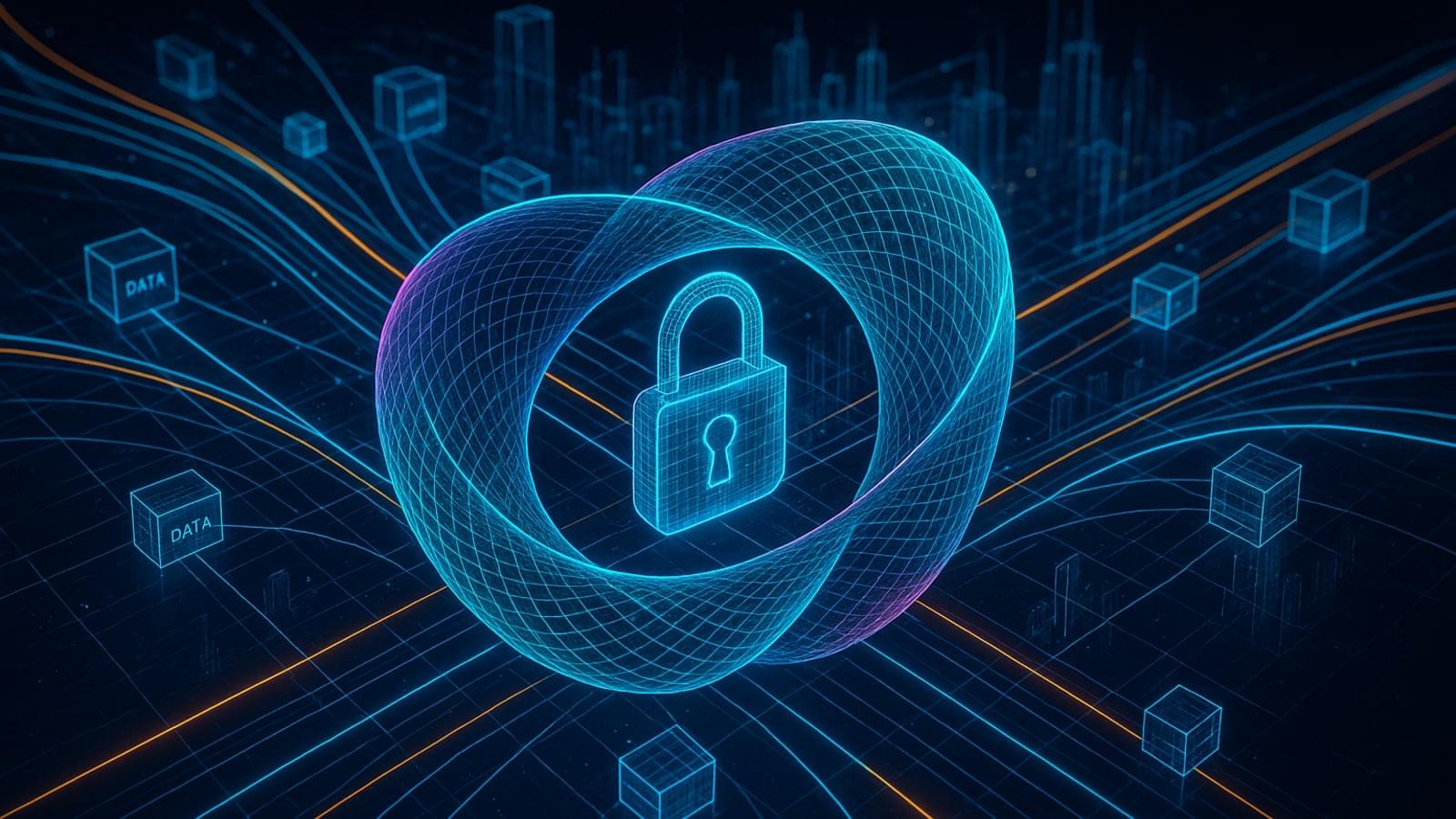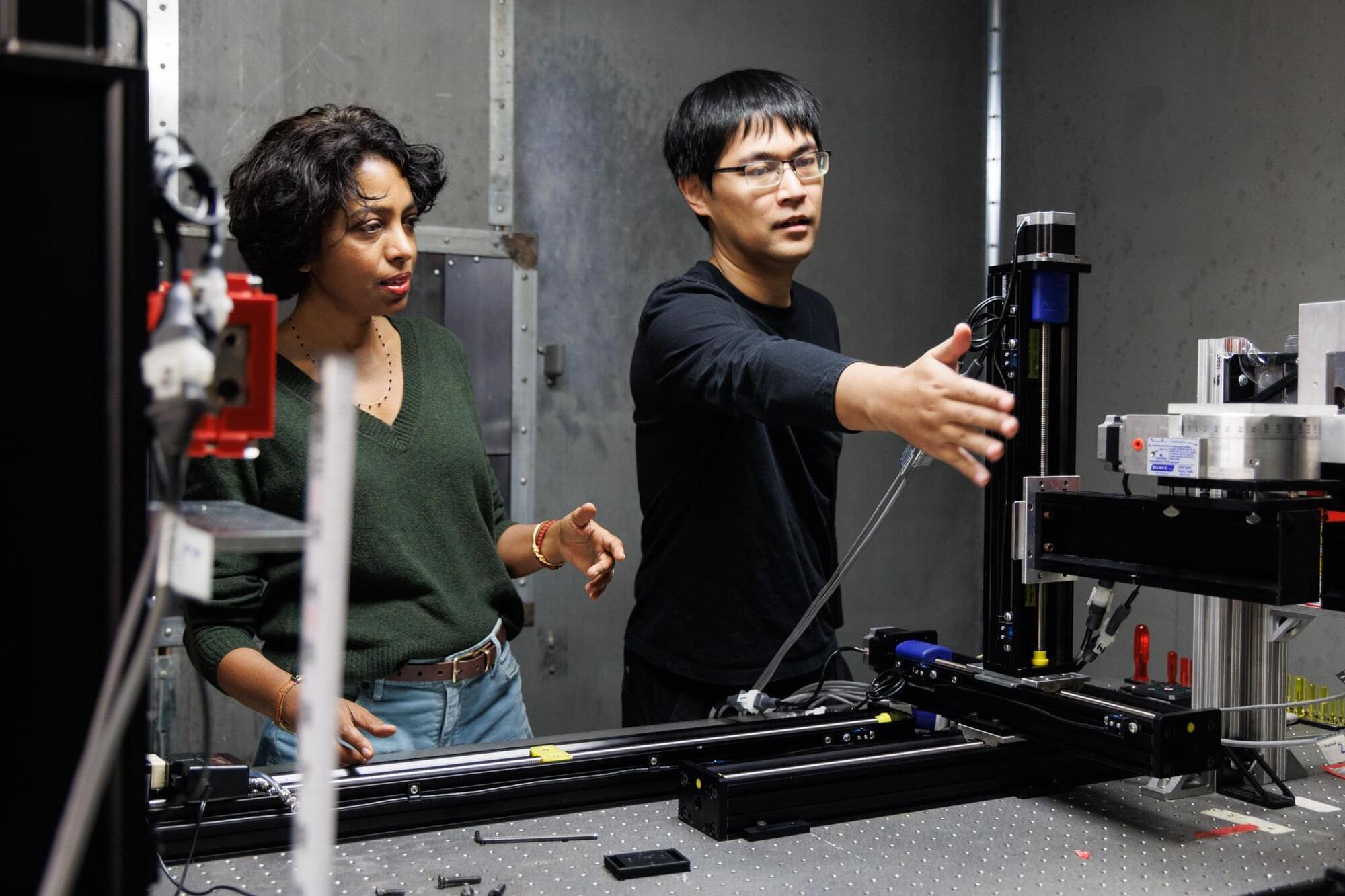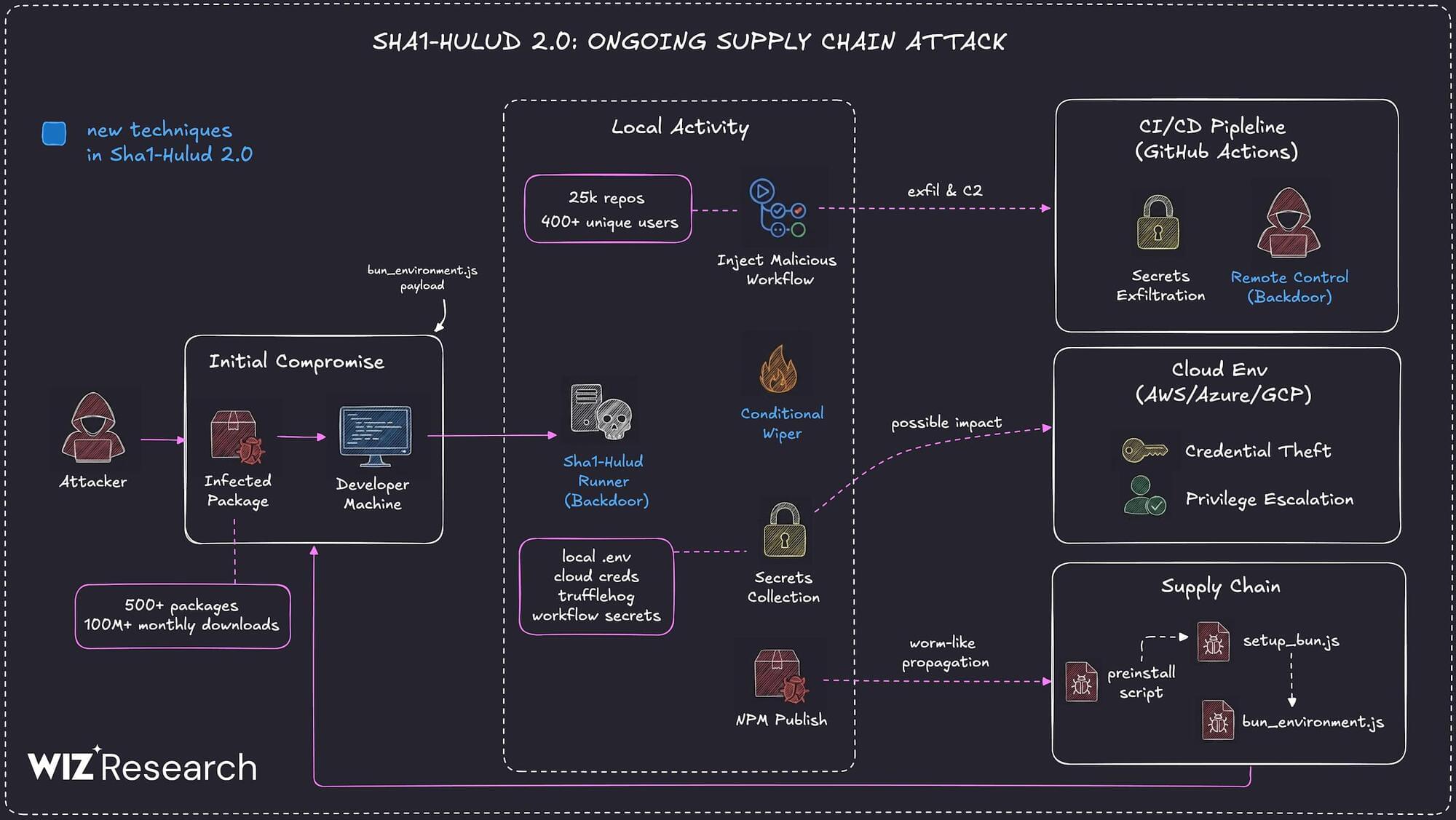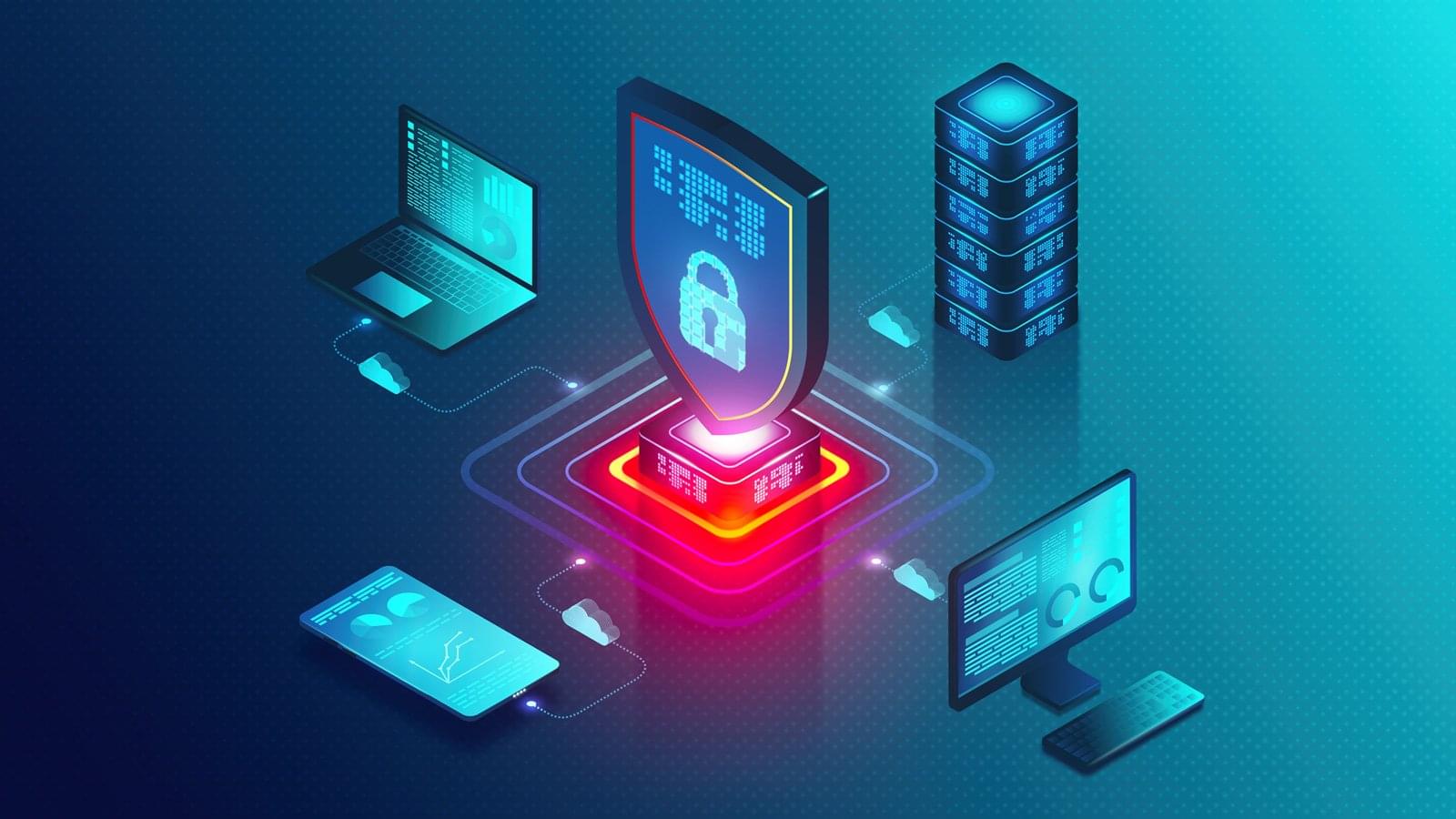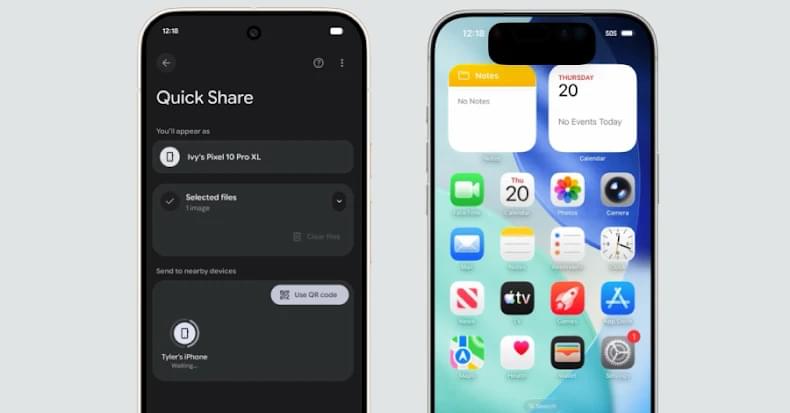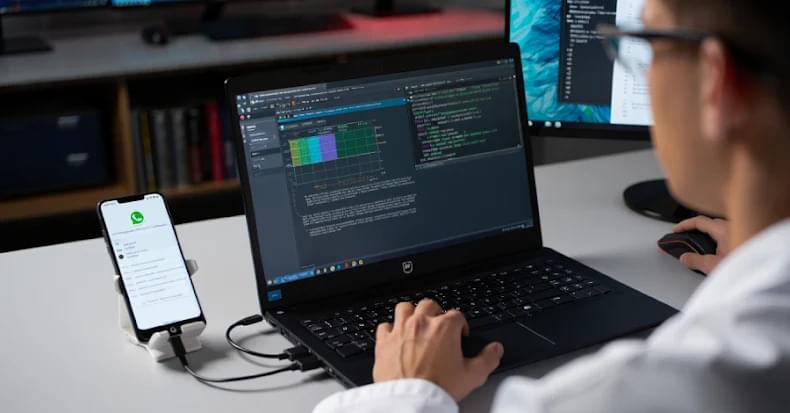After scanning all 5.6 million public repositories on GitLab Cloud, a security engineer discovered more than 17,000 exposed secrets across over 2,800 unique domains.
Luke Marshall used the TruffleHog open-source tool to check the code in the repositories for sensitive credentials like API keys, passwords, and tokens.
The researcher previously scanned Bitbucket, where he found 6,212 secrets spread over 2.6 million repositories. He also checked the Common Crawl dataset that is used to train AI models, which exposed 12,000 valid secrets.
